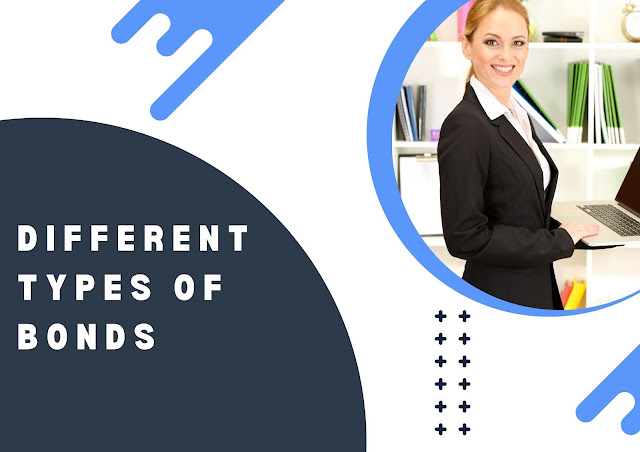Different Types of Bonds
Different Types of Bonds
Santri Alat - Different Types of Bonds - Investing in bonds is very safe, and the returns are usually very good. There are four basic types of bonds available and they are sold through the Government, through corporations, state and local governments, and foreign governments.
The greatest thing about bonds is that you will get your initial investment back. This makes bonds the perfect investment vehicle for those who are new to investing, or for those who have a low risk tolerance.
The United States Government sells Treasury Bonds through the Treasury Department. You can purchase Treasury Bonds with maturity dates ranging from three months to thirty years.
Treasury bonds include Treasury Notes (T-Notes), Treasury Bills (T-Bills), and Treasury Bonds. All Treasury bonds are backed by the United States Government, and tax is only charged on the interest that the bonds earn.
Corporate bonds are sold through public securities markets. A corporate bond is essentially a company selling its debt. Corporate bonds usually have high interest rates, but they are a bit risky. If the company goes belly-up, the bond is worthless.
State and local Governments also sell bonds. Unlike bonds issued by the federal government, these bonds usually have higher interest rates. This is because State and Local Governments can indeed go bankrupt – unlike the federal government.
State and Local Government bonds are free from income taxes – even on the interest. State and local taxes may also be waived. Tax-free Municipal Bonds are common State and Local Government Bonds.
Purchasing foreign bonds is actually very difficult, and is often done as part of a mutual fund. It is often very risky to invest in foreign countries. The safest type of bond to buy is one that is issued by the US Government.
The interest may be a bit lower, but again, there is little or no risk involved. For best results, when a bond reaches maturity, reinvest it into another bond.
Types of Bonds
The various types of bonds include:
Fixed-rate bonds
Fixed-rate bonds pay consistent interest amounts until maturity. The bondholders earn predictable and guaranteed returns regardless of the prevailing market conditions.
For example, An investor purchased a ten-year fixed-rate government bond of Rs. 1000, issued on 20th April 2013 which offers a coupon rate of 7.5%. The investor will get a fixed interest of Rs. 75, annually every April, till 20th April 2023.
Floating-rate bonds
Floating-rate bonds do not pay fixed returns each period. Instead, the interest rates vary, depending on the set benchmark, during the tenure.
For example, an investor purchased an 8-year floating rate bond issued in 2015. The bond pays interest of 40 points higher than the prevailing National Savings Certificate interest rate. This means the NSC interest rate is the benchmark and any fluctuation in it directly affects the coupon payment of this bond.
Zero-coupon bonds
As the name implies, these bonds do not pay periodic coupons during their tenure. Though, these bonds are issued at a discount and repayable at the par value. The difference is the yield for investors.
For example, an investor buys a 20-year zero-coupon bond, with a face value of Rs. 1000, at Rs. 700. At the end of 20 years, the issuer will pay Rs. 1000 to the bondholder.
Perpetual bonds
Perpetual bonds are those debt securities which do not have a maturity. In this type of bond, the issuer does not repay the principal amount to the bondholders. Though, they keep paying steady coupon payments to the bondholders till perpetuity.
Inflation-linked bonds
These types of bonds aim at minimizing the impact of inflation on the face value and coupon payments. The principal is adjusted according to the inflation and coupon payments are made based on the adjusted principal.
For example, an investor purchases an Inflation-linked bond with a face value of Rs. 100. After a year, the inflation-adjusted principal amounts to Rs. 107. Therefore, the coupon will be paid considering Rs. 107 for that period.
Convertible Bonds
The investors holding convertible bonds get the right to convert the bond to a predefined number of equity shares in the issuing company at a particular time from the tenure. Though, the investor can also opt to receive the principal repayment at the maturity, if they don’t want to exchange it with shares.
Callable Bonds
Callable bonds are high coupon paying securities that give the issuer the right to call back the bonds at a pre-agreed price and date.
Puttable Bonds
Puttable bonds give the bondholder the right to return the bond and ask for repayment of principal at a pre-agreed date before maturity. Since the benefit offered is for investors, these bonds pay lower returns.

